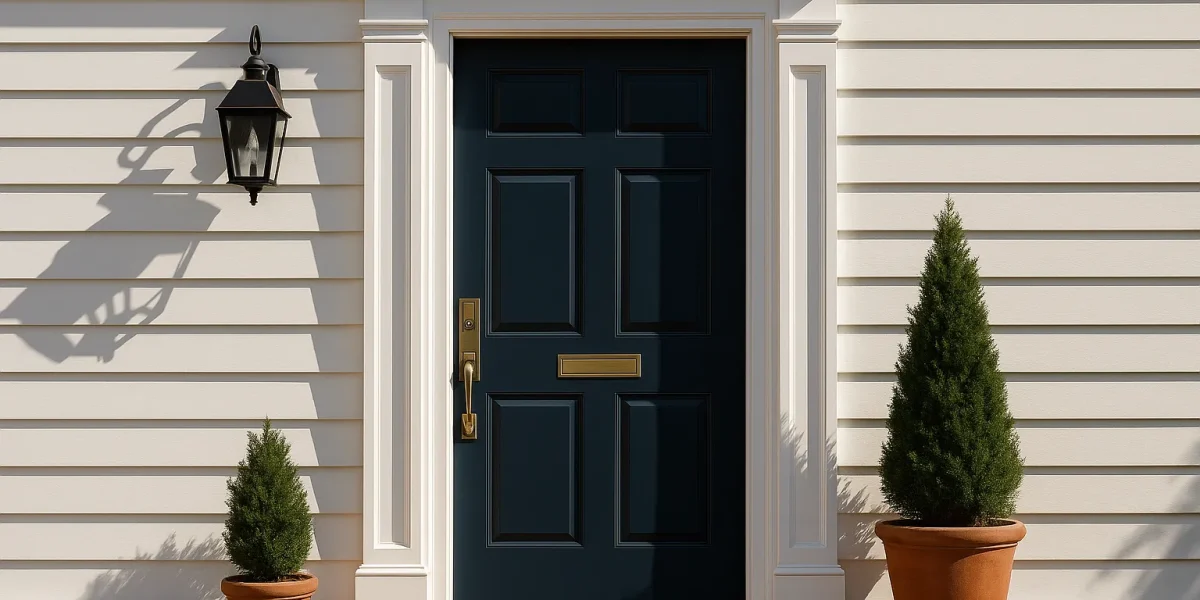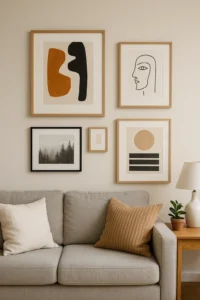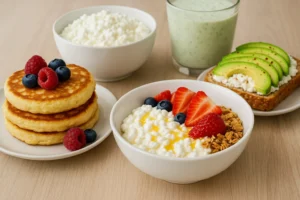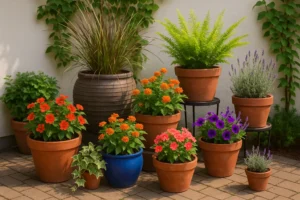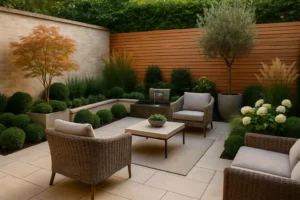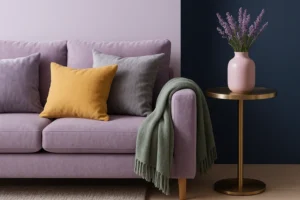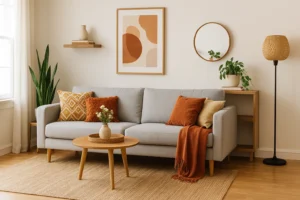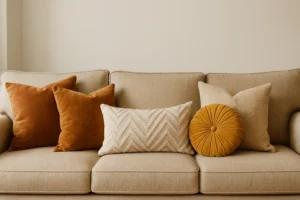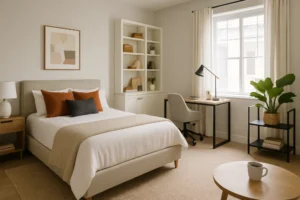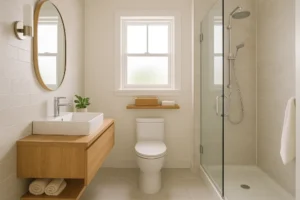First impressions matter. When someone approaches your home, one of the very first details they notice is the trim around front door. That slim but powerful frame doesn’t just outline your entry—it defines it. It’s the border between outside and in, protection and beauty, curb appeal and missed opportunity. Getting it right is more than aesthetics. It’s about function, longevity, and creating an entrance that sets the tone for everything inside.
Let’s dive deep into what makes trim around front door so important, how to choose it, and actionable ways to transform your entryway into something unforgettable.
What Exactly Is Door Trim?
At its simplest, door trim is the molding that frames your entry. But it’s much more than a piece of wood or composite surrounding a door. Think of it as the picture frame that elevates the art. Without trim, a door can look unfinished or even vulnerable. With trim, it suddenly feels intentional, complete, and strong.
- Functional Role: Trim seals gaps, keeps out drafts, and provides a buffer against moisture and wear.
- Decorative Role: Trim enhances architecture, creates contrast, and can make a modest home look elevated.
The trim around front door is where practical necessity and design style collide.
Why Updating Front Door Trim Is Worth It
If you’re questioning whether this small detail deserves your attention, the answer is a firm yes. Updating trim isn’t just a minor cosmetic upgrade—it’s a project that pays back in multiple ways.
- Curb Appeal Boost: Realtors consistently rank a home’s entry as a make-or-break feature. Fresh trim can add instant charm.
- Protection Factor: Proper trim reduces water infiltration, preventing costly structural damage.
- Resale Value: Buyers may not comment on the trim around front door, but they’ll absolutely notice the polished impression it makes.
- Personal Style: Your door is the handshake of your house. The trim determines whether it’s a firm, confident handshake or a limp one.
Popular Trim Styles You Should Know
Not all trim is created equal. The trim you choose sets the tone for the rest of your home’s design language. Here are some of the most common—and effective—styles:
- Classic Colonial
Clean lines. Balanced proportions. Timeless symmetry. Colonial trim works beautifully for traditional homes where you want elegance without flash. - Craftsman
Square edges. Wide boards. Honest simplicity. If you want your entry to feel warm and solid, this is the style to explore. - Modern Minimalist
Sleek, flat, and unfussy. Perfect for contemporary homes where you want the architecture to speak louder than decorative detail. - Victorian or Ornate
Carved moldings. Layered detail. This is trim that doesn’t whisper—it announces. Use sparingly, but when used right, it’s unforgettable. - Rustic Farmhouse
Distressed wood, natural textures, and a casual but sturdy vibe. This trim pairs beautifully with solid wood doors and earthy tones.
The style of trim around front door should flow with the overall architecture. A modern home with ornate Victorian trim looks off-balance. A farmhouse with razor-thin minimalist trim feels incomplete. Always let your home’s bones guide your choice.
Choosing the Right Material
Here’s where practicality comes into play. Material matters more than you might think. Each has strengths, weaknesses, and maintenance needs.
- Wood Trim
Warm, classic, and endlessly customizable. Wood can be painted or stained. But it demands care—expect to repaint or reseal periodically. - PVC or Composite Trim
Resistant to rot, bugs, and moisture. Low maintenance, with a smooth finish that mimics wood. Slightly pricier upfront, but saves you work later. - Fiber Cement Trim
Extremely durable. Stands up to harsh weather. Ideal for homes in wet or humid climates. - Metal Trim
Modern, sleek, and sharp. Aluminum or steel trim creates a striking edge but fits best with contemporary architecture.
When selecting trim around front door, think not only about look but also longevity. If you live in a coastal climate, PVC or fiber cement may save you headaches. If you love the richness of real wood, accept the tradeoff: beauty with a side of upkeep.
How to Match Trim With Home Style
Your trim doesn’t live in isolation. It should connect with your siding, door color, and architectural theme. Here’s a quick guide:
- Contrast Approach: A black door with crisp white trim? Bold and timeless. A bright red door with charcoal trim? Modern and daring.
- Blend Approach: Matching trim color to siding creates a soft, seamless look. Works well if you want your door itself to be the star.
- Proportional Width: Larger homes can handle wide, bold trim. Smaller cottages look better with slim, refined outlines.
When in doubt, hold up paint swatches or samples next to your actual siding and door. Lighting plays tricks, and the “perfect” trim color in a store may look entirely different on your house.
Step-by-Step: Installing Trim Around Front Door
If you’re handy with tools, this is a project you can tackle yourself. Here’s a breakdown:
- Gather Materials
You’ll need trim boards (pre-cut or raw), a saw, measuring tape, hammer or nail gun, nails, caulk, and paint or stain. - Remove Old Trim
Use a pry bar carefully to avoid damaging the siding. Clean the area thoroughly. - Measure Twice, Cut Once
Accuracy matters. Measure each side of the doorframe and cut the boards to fit snugly. - Install Trim
Start with the top board, then sides. Secure with nails or screws. Use shims if your wall isn’t perfectly straight. - Seal the Edges
Apply caulk along seams and where trim meets siding. This step keeps moisture out and creates a finished look. - Finish Strong
Paint or stain as desired. Use exterior-grade products for durability.
For anyone hesitant with power tools, hiring a carpenter or handyman is money well spent. Crooked or poorly sealed trim defeats the purpose.
Inspiring Color Ideas
Color transforms everything. The trim around front door can be a subtle frame or a bold design statement. Consider these approaches:
- Crisp White: Works on nearly every home style. Clean, classic, and fresh.
- Deep Black or Charcoal: Dramatic and high-contrast. Pairs beautifully with modern or traditional homes.
- Wood Stain: Keeps the natural grain visible. Adds warmth and texture.
- Bold Colors: Navy, forest green, or burgundy trim can make your entry one-of-a-kind.
DIY vs. Hiring a Pro
This question comes up often. Should you handle it yourself or call in an expert?
- DIY Makes Sense If…
You’re comfortable with measuring, cutting, and finishing. The doorframe is in good condition. The trim style is simple. - Hire a Pro If…
The frame is uneven, the style is ornate, or you’re short on time. Professional installers bring precision and speed that’s hard to match.
Cost varies by material and region, but even professional installation is relatively affordable compared to other home upgrades.
Maintenance Tips That Extend Life
Once installed, don’t neglect the trim. A little care goes a long way.
- Wipe it down seasonally to remove dirt and grime.
- Inspect annually for cracks, gaps, or peeling.
- Repaint or reseal every few years, especially with wood.
- Check for caulk separation and reseal to prevent moisture intrusion.
Remember: the trim around front door is your home’s armor. Treat it like one.
Design Inspiration
Think about how you want visitors to feel at your front step. Cozy? Elegant? Modern? A few inspiring ideas:
- A Craftsman-style bungalow with wide, earthy trim that grounds the entire facade.
- A Victorian with ornate white trim framing a bold, jewel-toned door.
- A sleek contemporary home with matte black trim and a glass-panel door.
- A farmhouse with rustic, reclaimed wood trim that feels both humble and stylish.
Sometimes, adding trim around front door is the single design tweak that takes a home from average to extraordinary.
Final Thoughts
The trim around front door is often overlooked, but it’s one of the most impactful details in exterior design. It frames the heart of your home, protects it from the elements, and sets the mood for every guest who enters.
Whether you choose crisp Colonial lines, rustic farmhouse charm, or sleek modern edges, the right trim elevates everything around it. Pair it with the right materials, keep it maintained, and you’ll have an entryway that not only stands strong against time but also tells the world exactly who you are.
Your door deserves a frame worthy of the story it holds. Don’t underestimate the power of trim.

